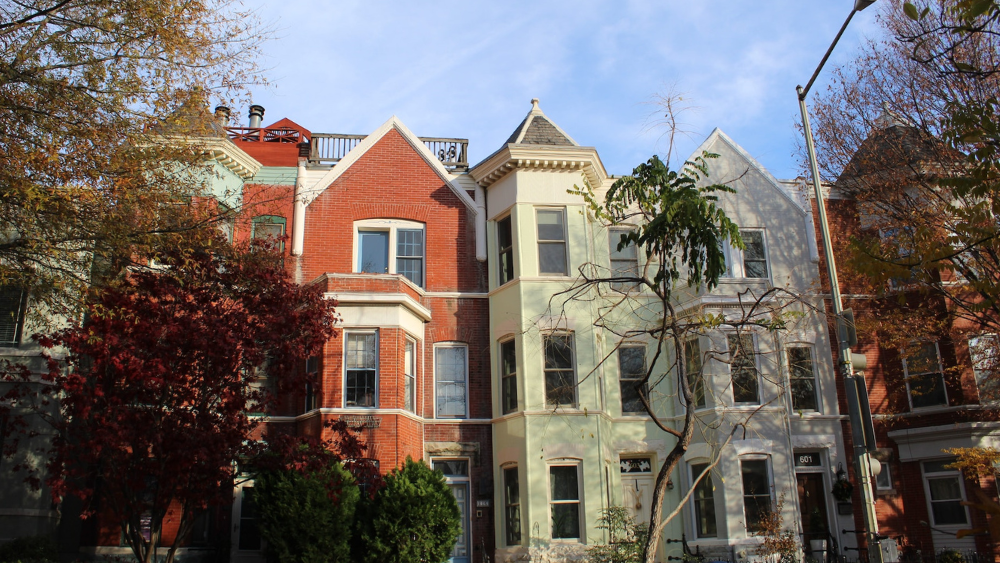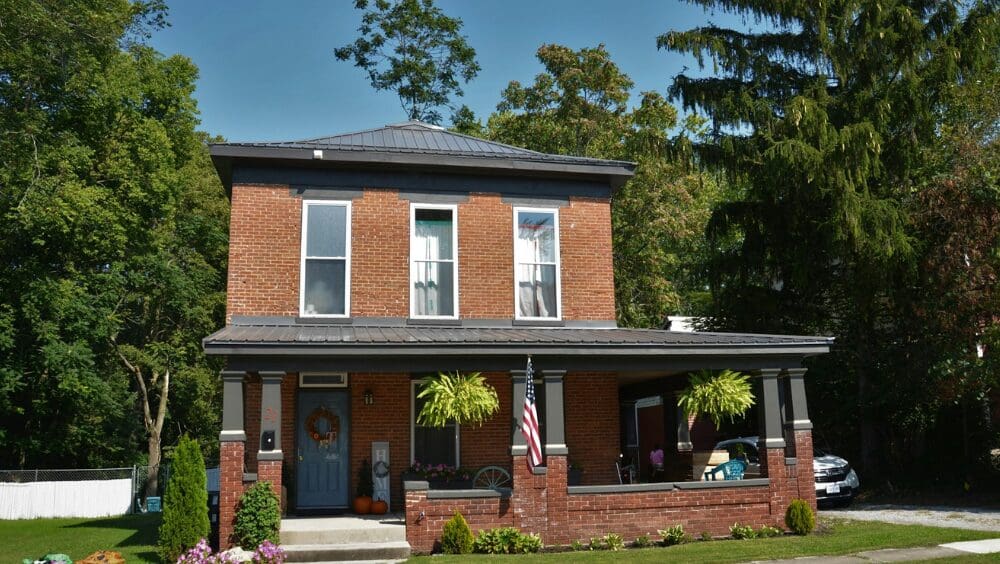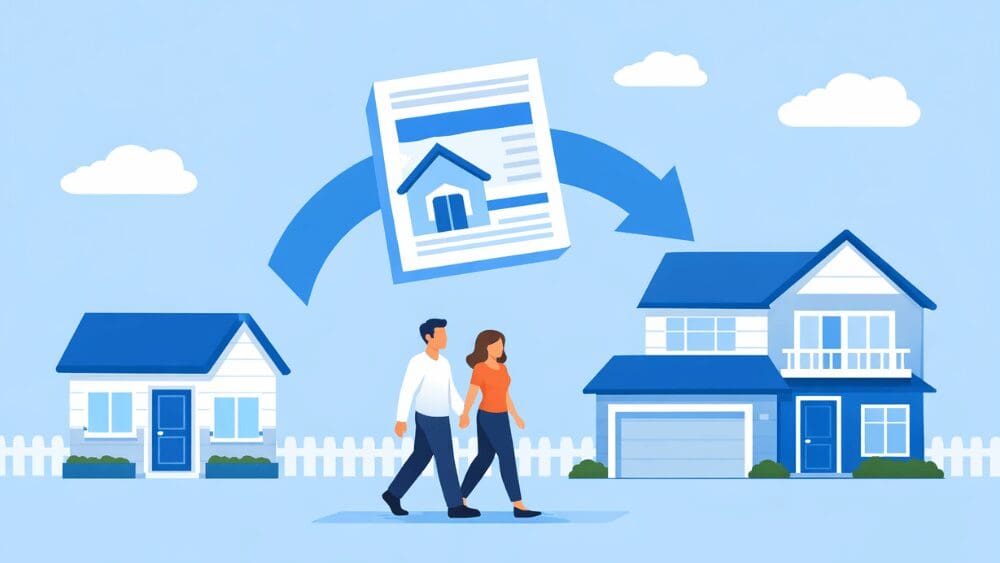
Are you a homeowner in Washington, D.C., trying to sell your old home while buying a new one? Finding the perfect balance between selling and buying can be tough in a market where inventory is low and prices are high. It can be difficult to juggle the timing and financial details when you’re pressed to sell before you can invest in your new home. But what if there’s a way to make this process easier? Enter the bridge loan – a short-term financing option. Bridge loans allow you to purchase a new home before selling your current residence, alleviating pressure and uncertainty while unlocking the equity in your current home. A bridge loan is a short-term loan that allows homeowners to manage the financial gap between selling their current home and purchasing a new one. It leverages the equity in your existing home, providing the money required for the down payment and closing costs for your dream home. Bridge loans are great because they provide speed and convenience over traditional mortgages. They are also known by several other names, including bridge financing, bridging loans, interim financing, gap financing, and swing loans. Imagine you’re a homeowner in Washington, D.C., and you’ve just found your dream home. The catch? You need to buy this new property before selling your current one. This is where a bridge loan comes into play, acting as a financial bridge between selling your old home and purchasing your new one. You’ll use the equity from your previous home to cover the down payment and closing costs for your new home. Typically, the lender handling your new mortgage will also manage your bridge loan. The lender will typically mandate that your existing home is listed for sale first, and the bridge loan will be offered for a period between six months to a year. Lenders will first consider your debt-to-income ratio (DTI). They consider the payments on your current mortgage, the payments for the new home you’re buying, and any interest-only payments on the bridge loan. However, if your old home is already under contract, and the buyer has secured loan approval, your lender might consider only the new mortgage payment in the DTI calculation. The lender’s primary concern will be if you can comfortably handle payments for both properties, just in case your old home doesn’t sell immediately. Bridge loans in Washington, D.C. offer several advantages: While bridge loans can be a good option for handling the transition between homes, they come with drawbacks that you should keep in mind: Lenders will also assess the equity in your current home when determining your borrowing capacity. Securing a bridge loan might be difficult if your mortgage debt exceeds 80% of your home’s value. Depending on your circumstances, a bridge loan could be exactly what you need: When you cannot prepare or stage your current home for sale while still living in it, a bridge loan can provide the necessary funds and flexibility. This will allow you to vacate your current home, stage it effectively for sale, and potentially achieve a higher selling price.What is a bridge loan, in simple words?
How does a bridge loan work in Washington, D.C.?
What are the benefits of a bridge loan in Washington, D.C.?
What are the drawbacks of a bridge loan?
When is a bridge loan a good solution?



